How Will ChatGPT Impact Education?
ALL TOPICS
- Social App Review
-
- Best texting app for kids
- ChatGPT Detectors
- ChatGPT Examples
- TikTok App Review for Parents
- ChatGPT Impact on Education
- Discord App Review
- Jailbreak ChatGPT
- Age for TikTok
- Dangerous Live broadcasting apps
- PopJam App Review for Parents
- Is Funimation Safe?
- Random video chat app
- Stranger chat apps review
- Anonymous chat apps for Teens
- Bigo live app review
- What is Clubhouse App?
- Is Google hangouts safe?
- Game Review
-
- Best free game for Kindle Fire
- Top Minecraft Discord Servers
- LoL Wild Rift review
- App Review: What is Friday Night Funkin?
- Is Subway Surfers Safe? App Review
- Elden Ring Game Review
- Is Smule safe?
- 8 Best Discord Fortnite Servers to Join for Free
- Bitlife app review
- Is Minecraft good for kids?
- What is Overwatch?
- Other Reviews
Sep 11, 2024 Filed to: App Review Proven solutions
Are you a ChatGPT user and student and want to know its possible influence on education? Then, you're in for a treat.
In this post, we'll examine how ChatGPT impact on education. These include help with language acquisition and virtual support via chatbots and virtual assistants. We'll also discuss FamiSafe, and the potential drawbacks of utilizing ChatGPT in teaching.
Lastly, we'll consider how AI and ChatGPT may impact education in the future. Are you ready to dive in? Let's get to the start!
The ChatGPT impact on education Guide
- ChatGPT and artificial intelligence in education
- The personalized learning experience with ChatGPT
- Chatbots and virtual assistants in education
- ChatGPT for language learning and translation
- Potential challenges with ChatGPT in education
- Safety management tool- FamiSafe

- Future of ChatGPT and impact on education
Part 1. ChatGPT and artificial intelligence in education
The way we live and work is already changing by artificial intelligence (AI). While education is no exception. One example to enhance student learning is ChatGPT in education, developed by OpenAI.
ChatGPT is a powerful machine-learning model that can provide replies to text inputs. The answers resemble those of a human as it is taught on a vast corpus of text data. This makes ChatGPT the perfect tool for individualized learning experiences.
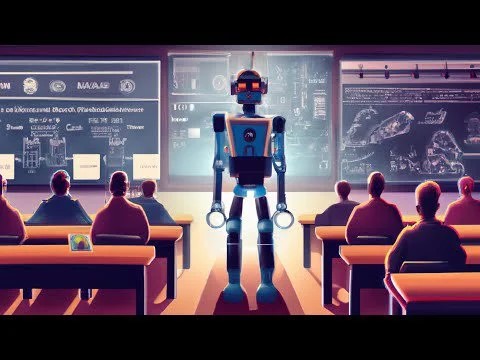
It can comprehend real language and converse with users, so it can consider top quality.
How does ChatGPT impact on Education?
ChatGPT may use in the classroom to help with homework and research projects. But in many cases, ChatGPT is banned in many colleges and universities due to cheating issues and plagiarism concerns such as:
- The ChatGPT was removed from all school networks and devices by the New York City Department of Education due to the bot's precision.
- According to the Los Angeles Unified School District, the ban was meant to protect "academic honesty."
- Sciences Po, one of France's best institutions, banned the usage of ChatGPT.
- The RV University in Bangalore, India, restricted students from using ChatGPT.
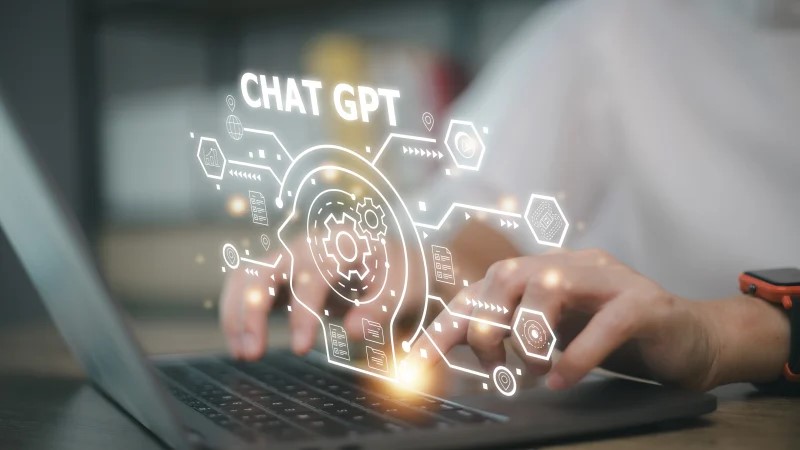
Use of ChatGPT over plagiarism and misinformation fears
ChatGPT is strictly prohibited in some schools and educational institutes due to plagiarism issues. As it’s noticed that ChatGPT is not under any Human, which gives many biased data.
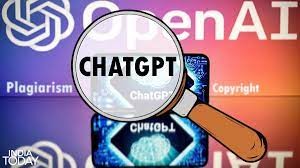
It is crucial for users to assess the replies produced by ChatGPT critically. They should fact-check material before sharing or acting on it to address plagiarism and false information concerns.
Moreover, while working with ChatGPT, developers, and researchers must ensure that the training data they use should match the information they are trying to convey.
ChatGPT and AI have the power to transform the way we teach. The way of delivering individualized learning experiences adapted by learners. AI technology changes the face of education by giving other cutting-edge solutions.
Part 2. Personalized learning experience with ChatGPT
ChaGPT provides a customized learning experience to the users. According to the priorities of students, ChatGPT gives quizzes to the student. It’ll enhance the topic by understanding the concept of students.
If a student is trying to do a math problem, ChatGPT will give basic solutions and make it easy. While if a student has a high caliber, then ChatGPT provides more tough queries.
ChatGPT can also give feedback on work by grading the progress. It also helps in improving weaknesses. It is handy for shy and weak students. As well as for those who are hesitant to ask questions in the classroom.
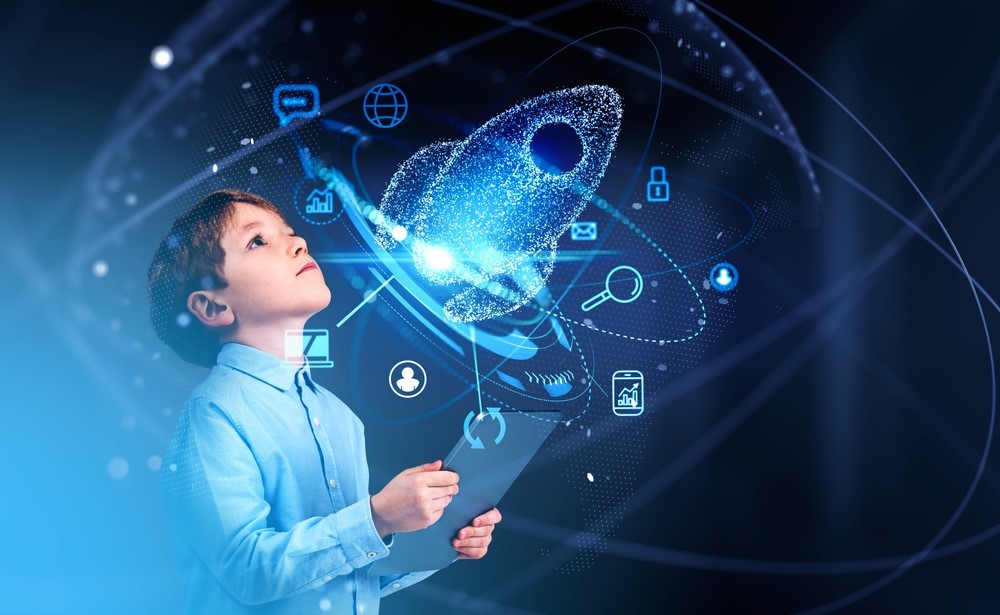
Students can learn their subjects at their own speed. Compared to classrooms, students can work at a more comfortable speed on ChatGPT. It is helpful for students who need time to catch specific concepts.
The personalized learning environment of ChatGPT can motivate students. It helps to improve their academic performance. We can expect even more cutting-edge solutions that will enhance the way of teaching. And helps in learning like, ChatGPT and AI technologies.
Part 3. Chatbots and virtual assistants in education
The use of chatbots and virtual assistants in education is growing. These AI-powered tools can give immediate support and direction. They help to stay on course and achieve academic goals.
Chatbots and virtual assistants in education provide a number of advantages, such as:
1. Immediate help
Chatbots can give students rapid answers to frequent inquiries. It’ll ease teacher workloads and save time for both students and teachers.
2. Personal feedback
Students can receive individualized comments and directions from virtual assistants. It will help them understand difficult concepts and complete their homework.
3. Time management
Virtual assistants allow students to manage their time and feel less stressed. It can also remind due dates for assignments and exams.
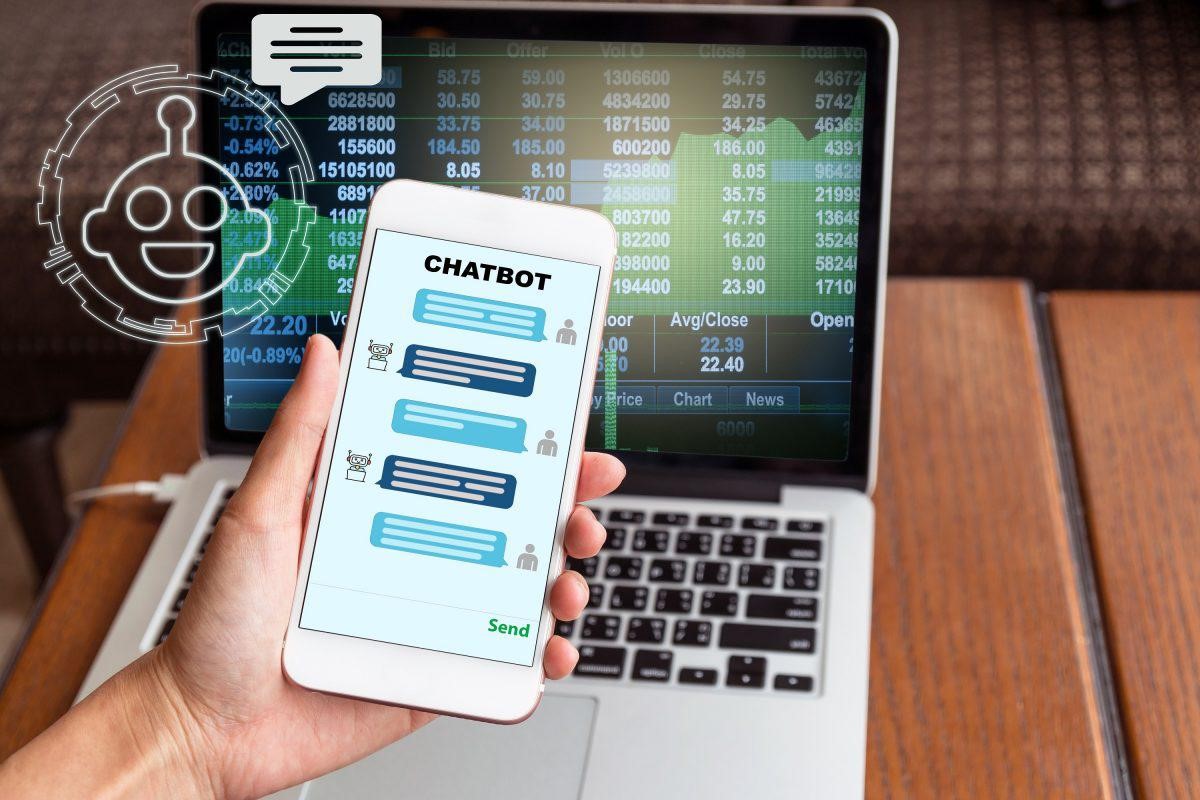
4. Support for mental health
Virtual assistants can monitor a student's speech and behavior patterns. It is looking for indications of distress and offering the proper tools.
5. Engagement
Virtual assistants can monitor a student's speech and behavior patterns. It also looks for signs of distress and offers the proper tools and assistance.
6. Accessibility
Chatbots and virtual assistants can offer text-based support and resources. It helps students with limitations like vision or hearing impairments.
In general, chatbots and virtual assistants have the potential to revolutionize. They support students through practical and fun learning experiences.
Part 4. ChatGPT for language learning and translation
ChatGPT has the potential to change language learning. And change translation by offering a single-language learning experience.
1. For translators
ChatGPT is the perfect tool for language learners and translators. Its advanced natural language processing features allow it to understand inquiries.
2. Individual feedback
The capacity of ChatGPT to offer individual feedback is one of its primary advantages. ChatGPT can offer response elements and directions to help students. It improves their language abilities through their language learning preferences and histories.
ChatGPT can pinpoint a student's grammar or pronunciation weak spots. Then offer specialized activities and resources to help them better.
3. Multilingual conversation
ChatGPT is a useful tool for multilingual conversation. Since it also offers real-time language translation. ChatGPT can remove language barriers and promote communication between people. It is for those who speak various languages.
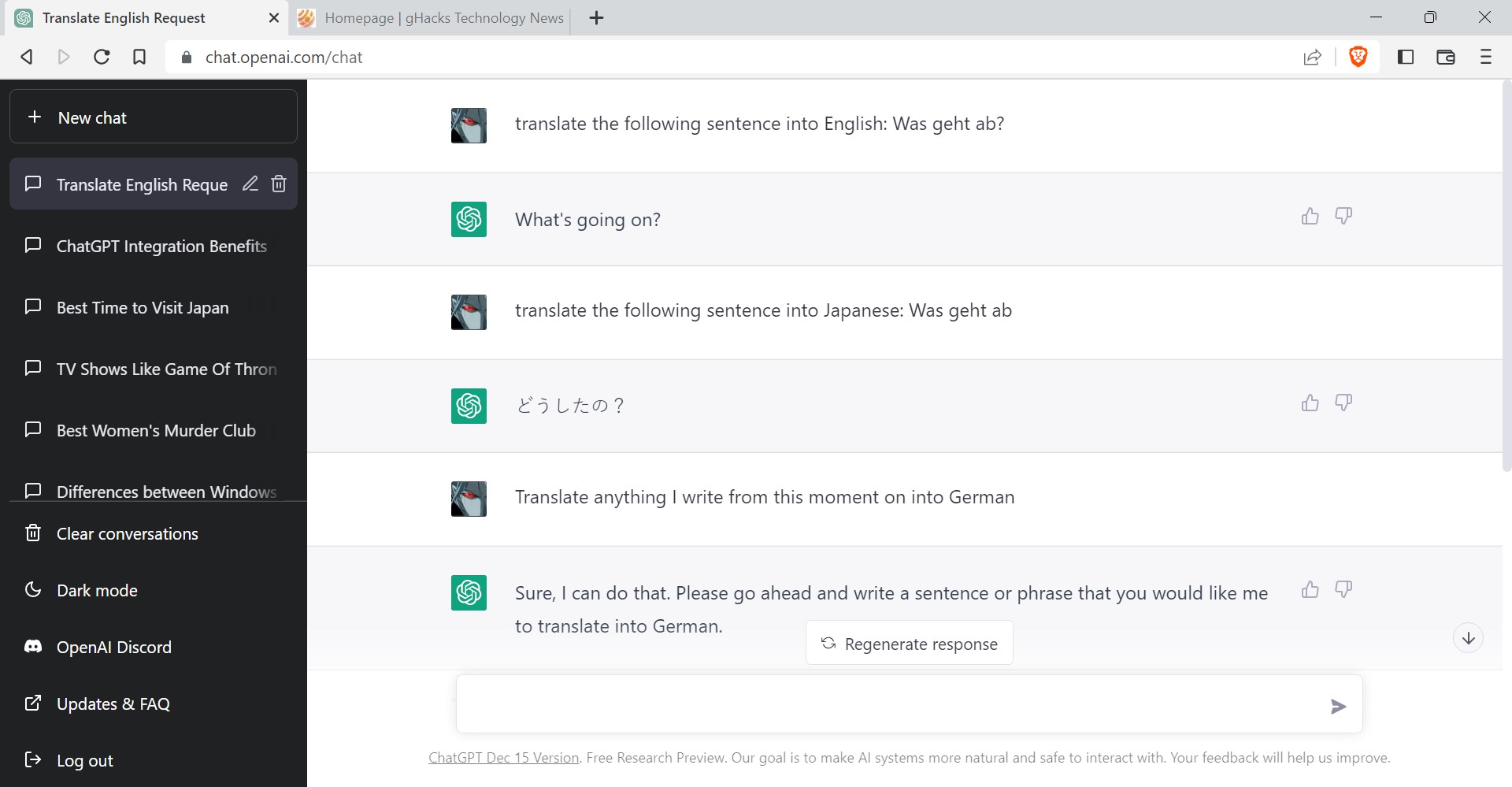
4. For content creators
ChatGPT is a valuable tool for content creators who need material in various languages. Since it can also use to generate text in several languages. Without human translators, ChatGPT can produce high-quality content in several languages.
Overall, ChatGPT promises to improve language learning and translation. It delivers customized learning experiences and removes language barriers. As well as facilitates multilingual conversation.
Part 5. Potential challenges with ChatGPT in education
As ChatGP can improve education significantly. But there are a few possible issues that must resolve. The following are a few difficulties with using ChatGPT in education:
1. Generalization
ChatGPT may represent and encourage biases in its training data like any machine learning system. This might result in unfair answers or suggestions, which would harm students.
2. Security issues
ChatGPT may gather information on students, including their personal data and history. Concerns arise regarding how this data will be used and kept. Whether it will be exposed to security breaches or unauthorized access.
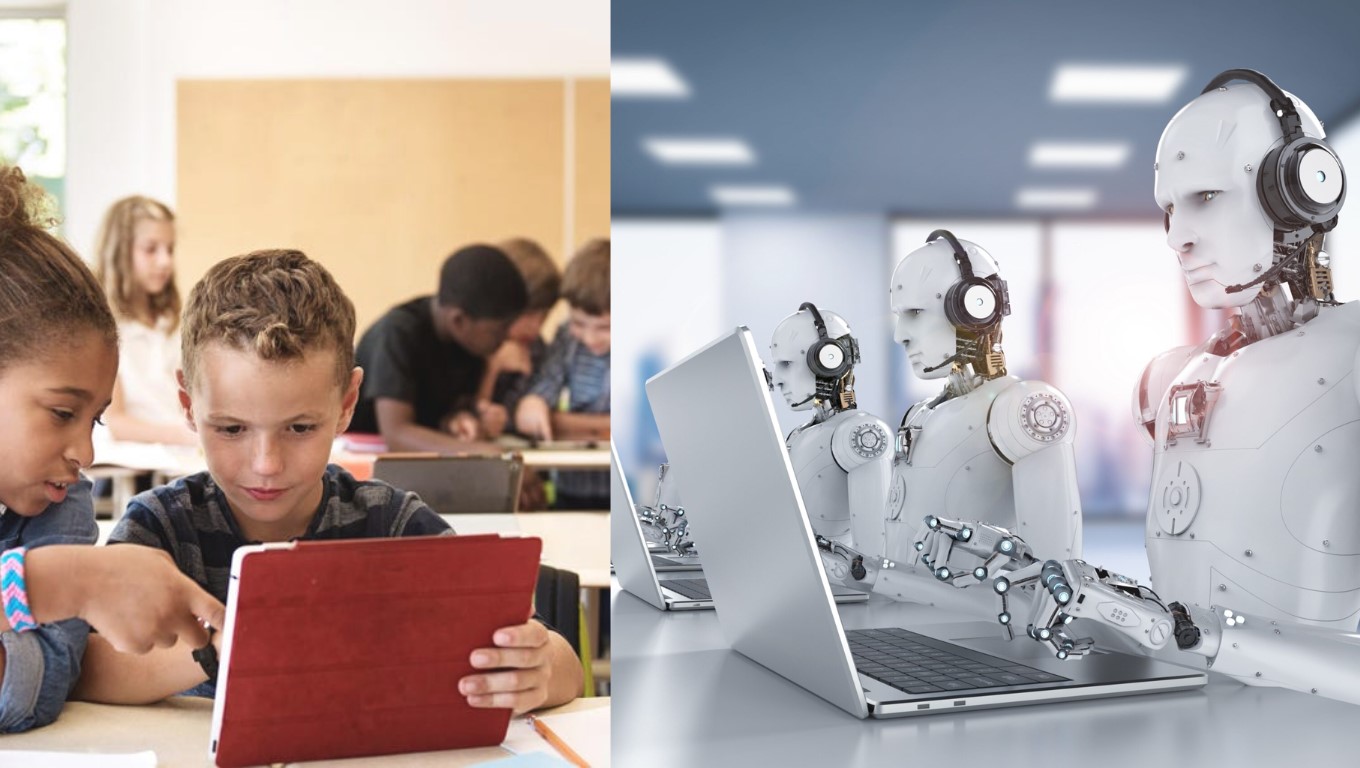
3. Technical main barrier
ChatGP is better and prone to errors, especially when encountering strange words or ideas. This might result in inaccurate or deceptive answers, which might harm the learning and self-assurance of the students.
4. Dependence on technology
Overusing ChatGPT or other AI systems may result in losing critical thinking skills and lacking involvement with the content. Instead of improving their problem-solving abilities, students risk becoming overly dependent on ChatGPT for solutions and answers.
5. Lack of human interaction
While ChatGPT can provide personalized feedback and assistance, it cannot substitute the worth of human contact in education. Students need chances to talk to their teachers and classmates, pose questions, and get more engaging and personal input.
After checking the risks faced by students in ChatGPT, we have a solution to minimize these risks. Famisafe will keep your children safe and secure, as shown in the next section!
Part 6. Safety management tool- FamiSafe
FamiSafe can assist in overcoming some of the possible issues of utilizing ChatGPT in education. It is by offering students a safe and supervised learning environment.
- Web Filter & SafeSearch
- Screen Time Limit & Schedule
- Location Tracking & Driving Report
- App Blocker & App Activity Tracker
- YouTube History Monitor & Video Blocker
- Social Media Texts & Porn Images Alerts
- Works on Mac, Windows, Android, iOS, Kindle Fire, Chromebook
FamiSafe can assist in protecting students' privacy. It will do this by making sure that private information is not disclosed to unauthorized parties. Also, it can assist teachers in keeping an eye on how students use ChatGPT. It is to ensure that they obtain correct and relevant information. Teachers can enable screen time restrictions and keep an eye on social media activity.
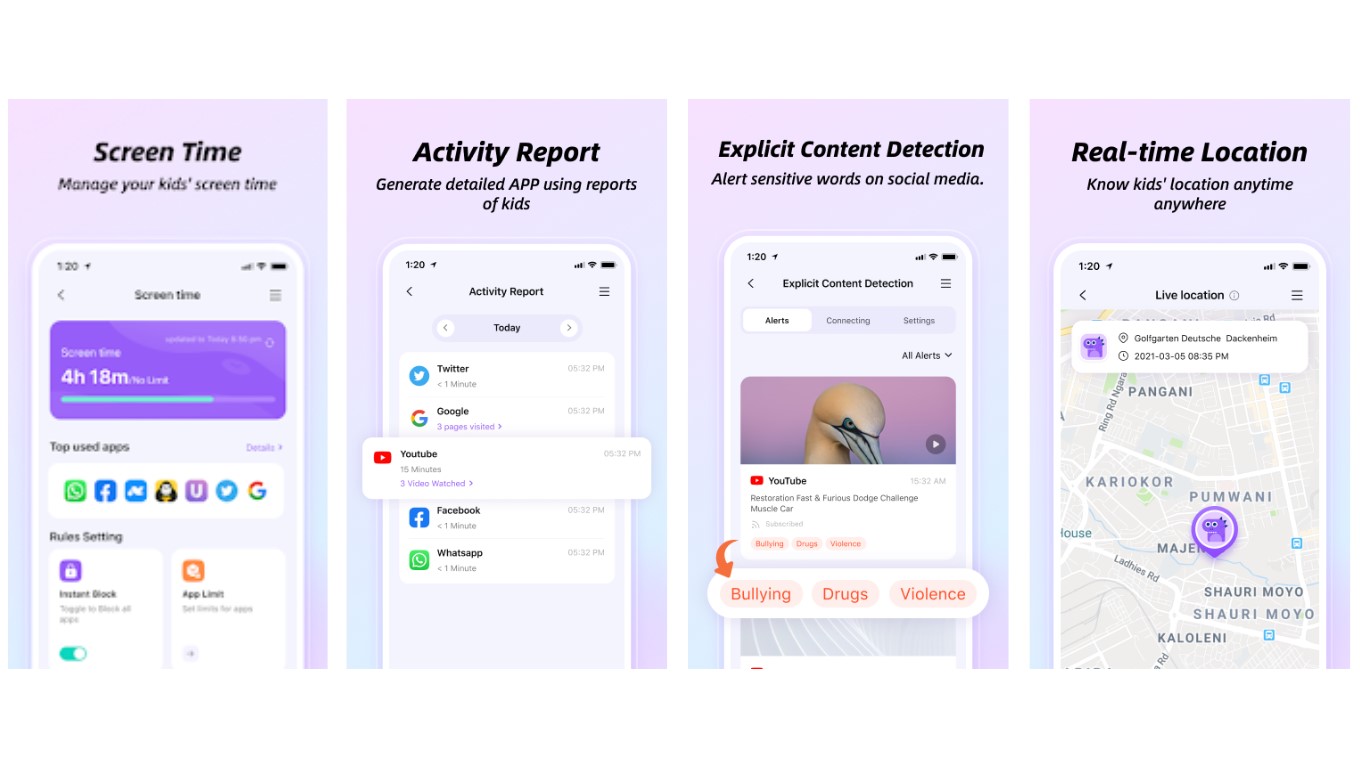
FamiSafe can also aid in the prevention of cyberbullying and other online safety concerns. It offers a safe and secure environment to explore the use of artificial intelligence. FamiSafe can assist educators in some of the possible issues related to ChatGPT in education.
A step-by-step guide to using FamiSafe
The following stages are included in the process of utilizing FamiSafe in education:
Step 1. Install and launch
Download FamiSafe by typing its name into the Google Play or App Store search bar. Alternatively, you can tap the download icons below to get FamiSafe.
Step 2. Explore features
Review the new features in FamiSafe V6.0.
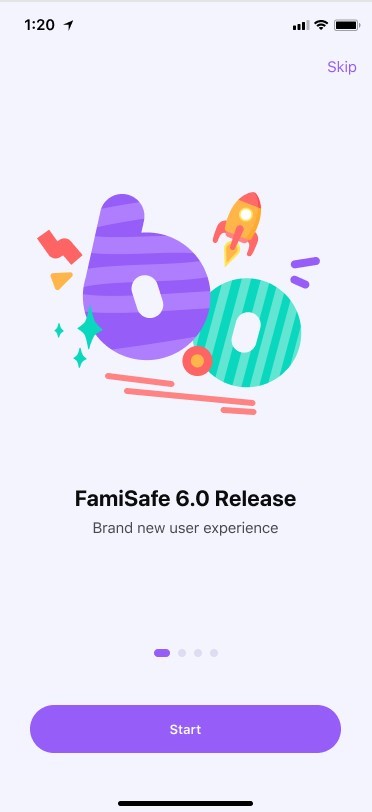
Step 3. Sign up the FamiSafe
Sign up for a Wondershare ID or sign in with an Apple, Google, or Facebook ID to access FamiSafe.
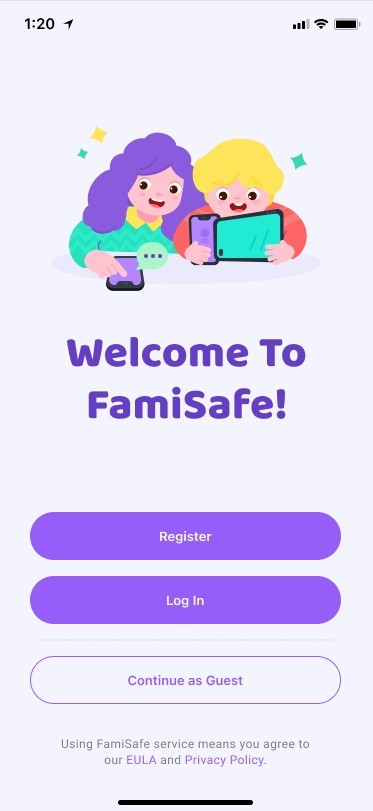
Step 4. Pairing the devices
Carry on as a parent and pair your child's phone with the QR code. You can also use code to do pairing.
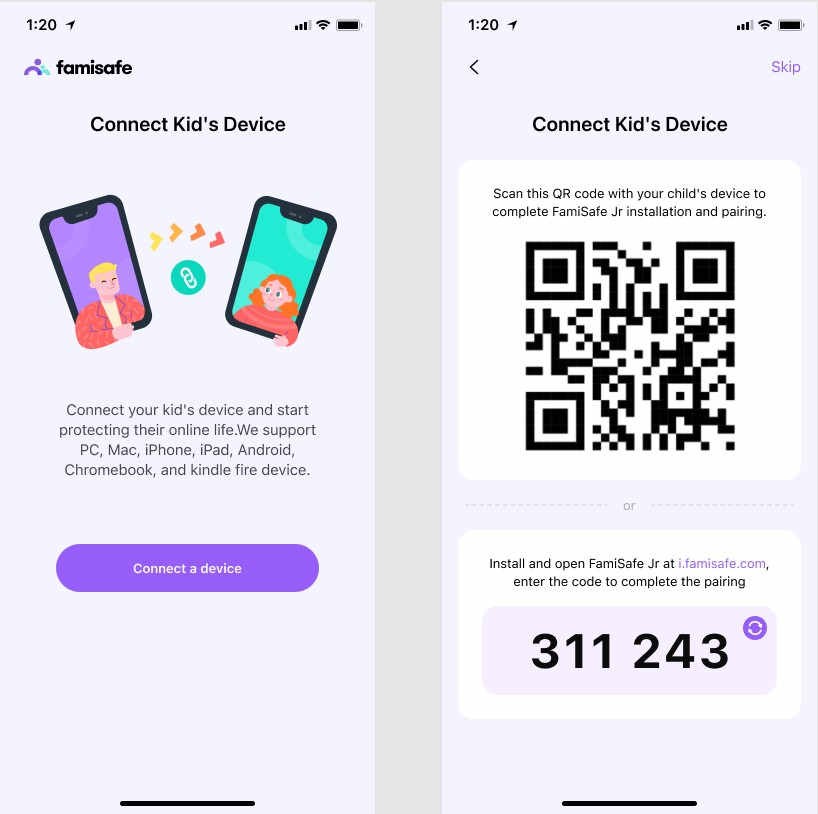
Step 5. Enable parental controls
When the children have been paired and given permission. Then set up some fundamental parental controls using the starting wizard, and you are ready to begin.
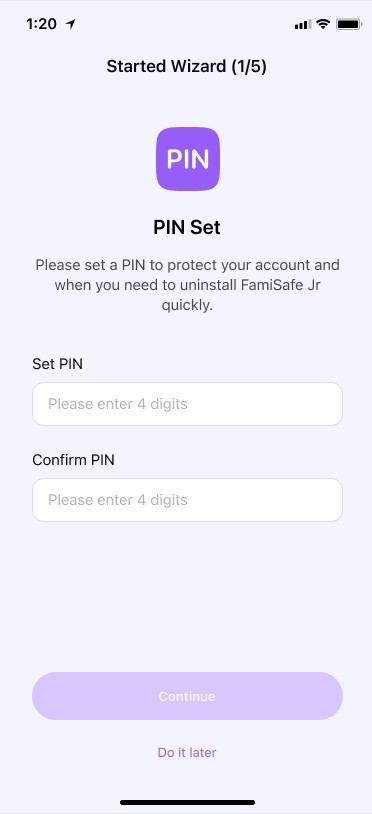
Now, it’s all done! FamiSafe will send warnings and notifications to parents and instructors. Whenever a kid exhibits dangerous or improper conduct. This enables them to step in and resolve the situation quickly.
Here are more articles about internet filter:
Best Porn Blocking Apps for Android & iOS in 2023
Top Game Sites Not Blocked by School That Parents Should Know
Part 7. Future of ChatGPT and impact on education
Using ChatGPT and AI, the future of education is promising and exciting. We can predict pupils' individual and flexible learning environments as technology develops.
1. Advancement
Artificial intelligence (AI)-powered chatbots and virtual assistants will become advanced. It’ll enable more subtle and organic interactions with students.
2. Personalized learning
Personalized learning is one of the potential applications for ChatGPT in education. AI can assist instructors in customizing education to match each student's requirements. It is done by examining student data and preferences.

Better learning and more student engagement may result from this.
3. Automatic processes
Teachers can save time by automating administrative processes. It includes grading and assessment with ChatGPT and AI. This will give teachers more time to devote to teaching and giving individualized help.
Using ChatGPT and AI in education may also be dangerous and difficult. These are such as prejudice, ethics, and privacy issues.
At Last, ChatGPT and AI hold great potential for the future of education. But careful planning and coordination will be necessary. It will ensure that these technologies are applied to enhance student success.
Conclusion
ChatGPT has the potential to revolutionize education. It will result in offering personalized learning opportunities and automating assessment. As well as by enhancing safety management.
Chatbots and virtual assistants can improve the educational experience. And language learning and translation features of ChatGPT can help students. Whether they are from various cultures and origins, they communicate more easily.
The need to guarantee that technology does not supplant human connection in education. And ethical concerns are examples of possible difficulties that must address. Parents and Educators should take an eye on students through FamiSafe.

Thomas Jones
chief Editor